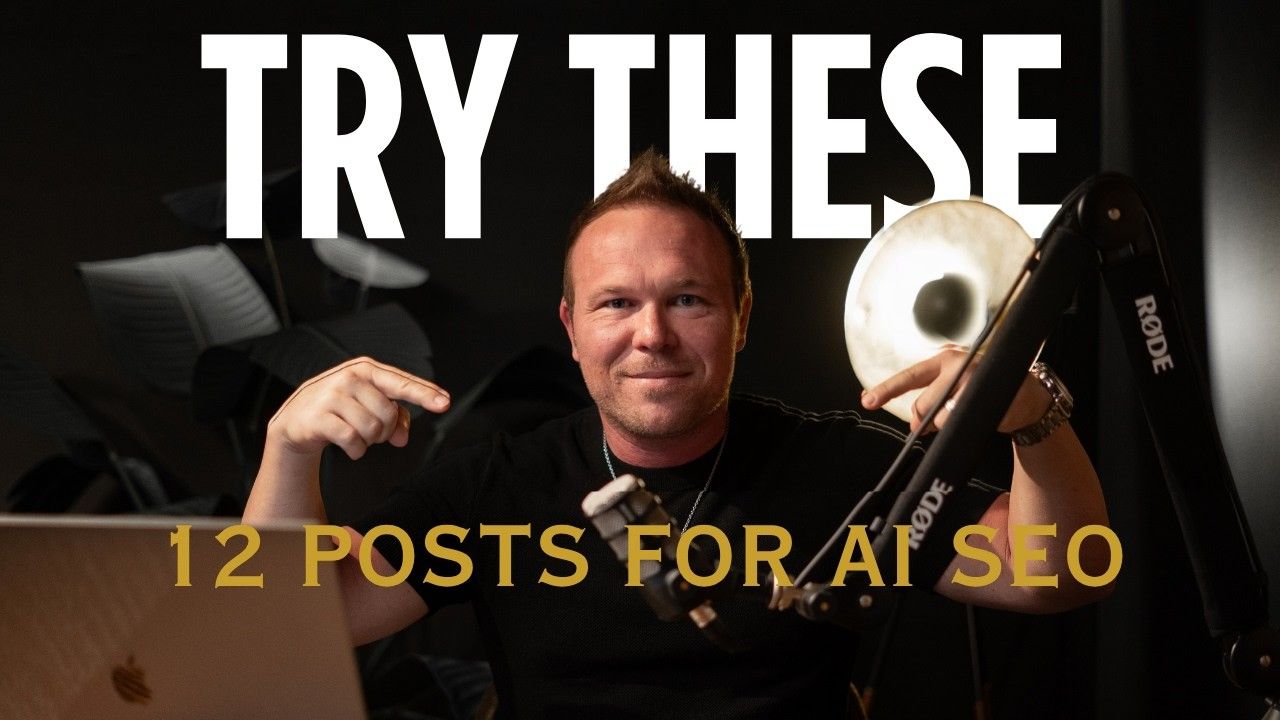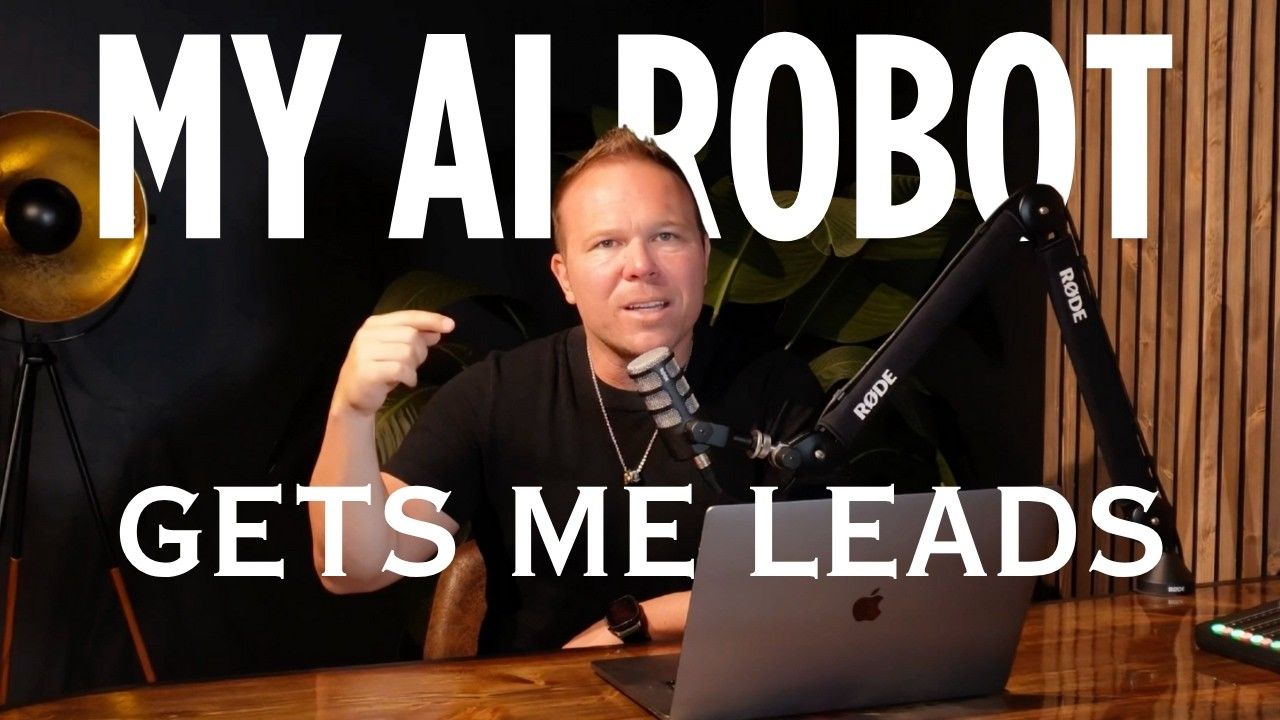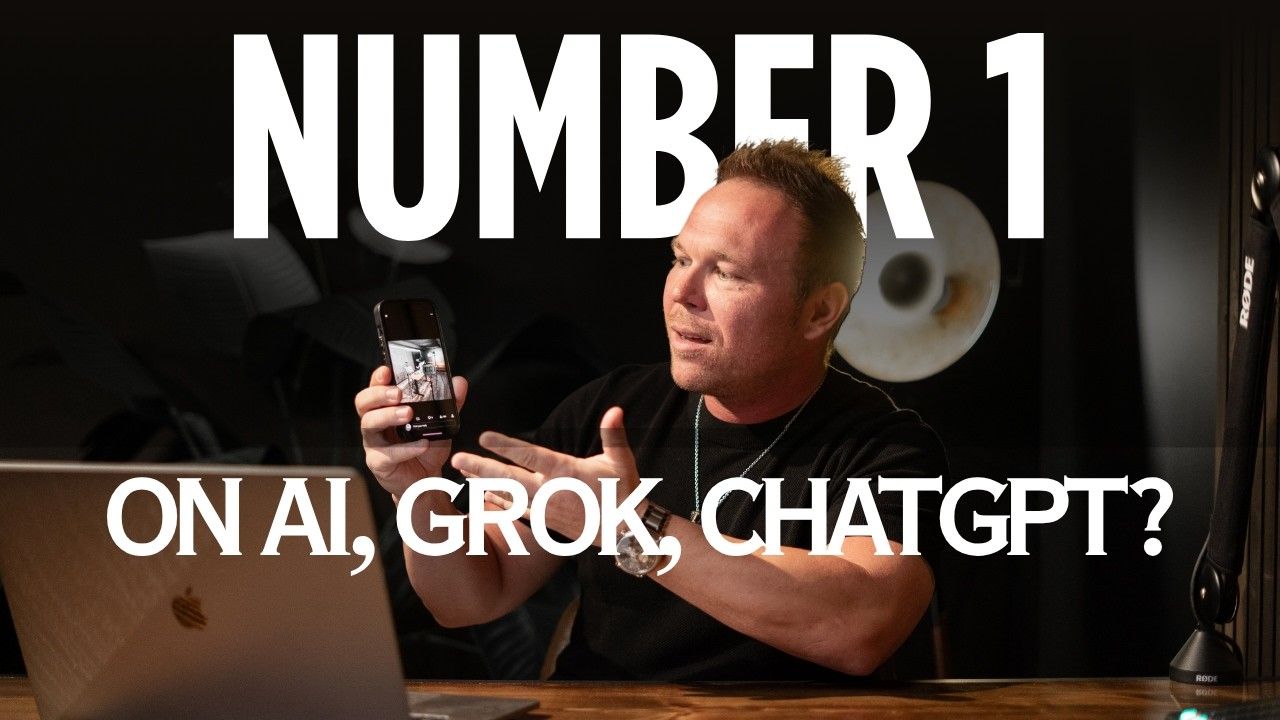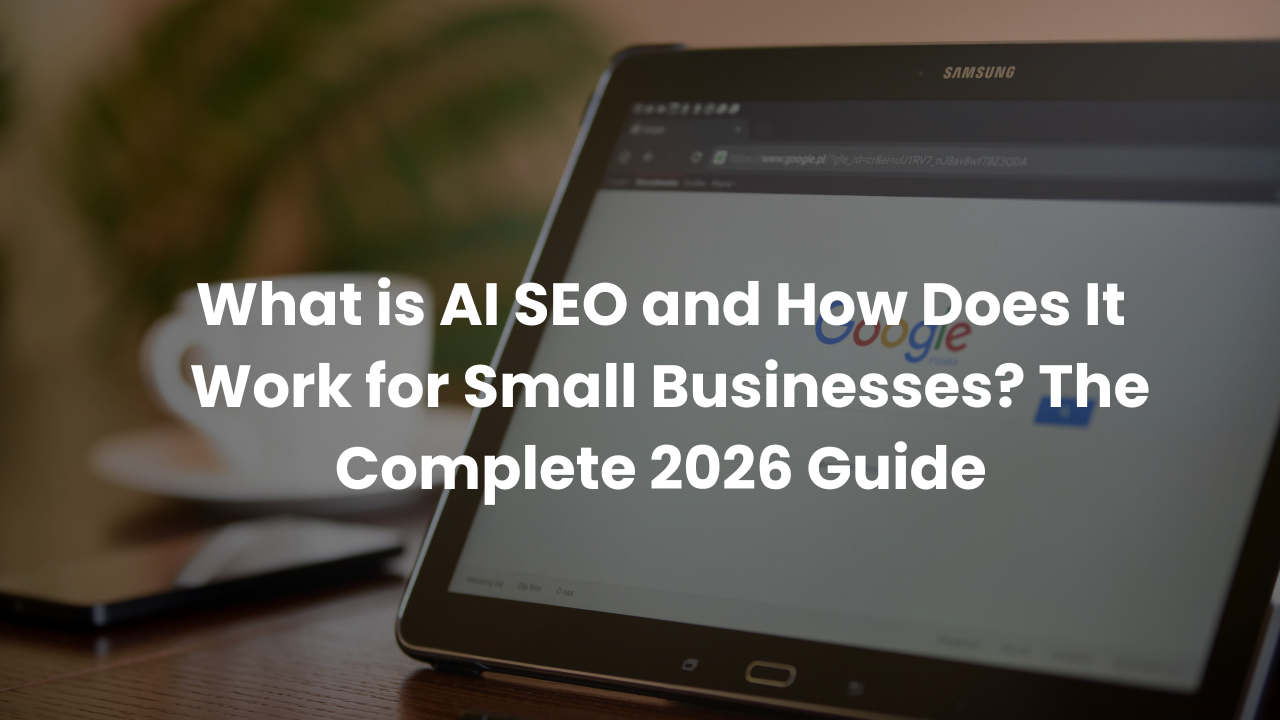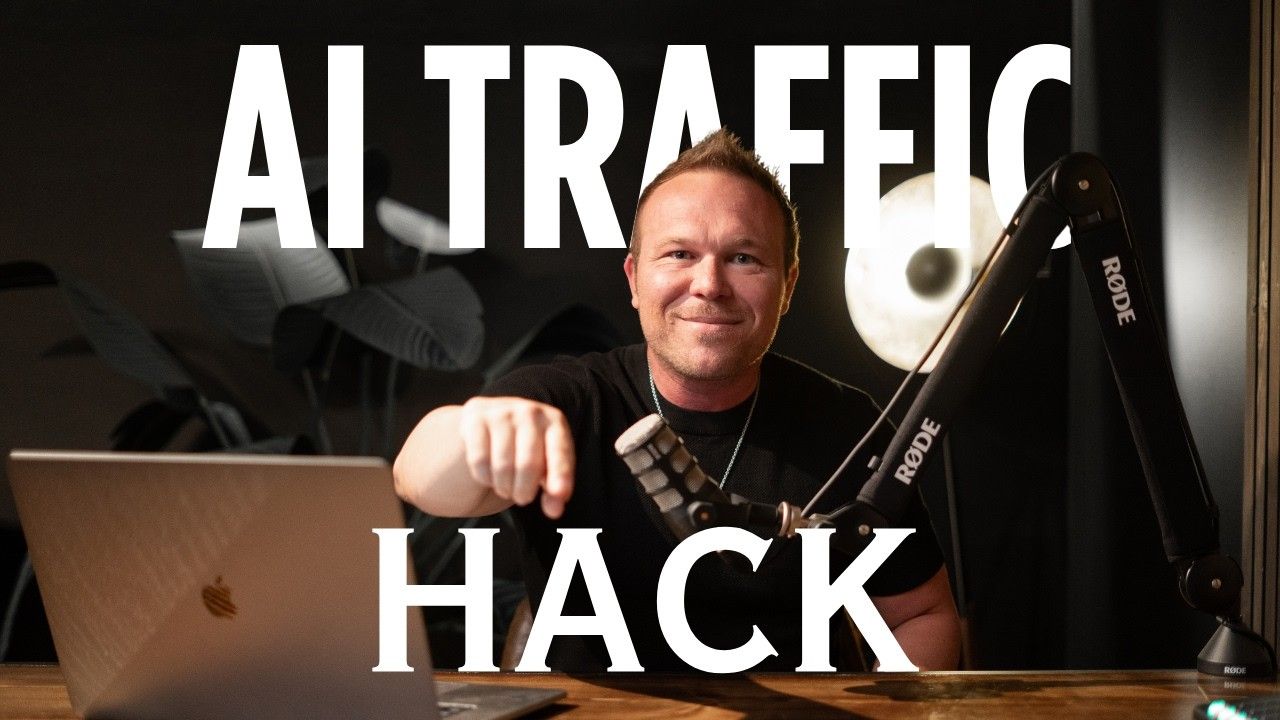Advanced e-Commerce Email Automation Blueprint - 2025 Guide
How Can E-Commerce Brands Scale Past Revenue Plateaus Using Email Automation?
The key to scaling an e-commerce business beyond revenue plateaus lies in implementing a comprehensive follow-up funnel. Most first-time customers won't buy immediately, requiring strategic follow-up through email sequences, retargeting pixels, and personalized offers. By focusing on relationship-building rather than increasing ad spend, businesses can increase monthly revenue dramatically while actually reducing advertising costs. This blueprint emphasizes capturing visitor information, implementing automated email sequences, and strategically retargeting potential customers to recover otherwise lost sales opportunities.
Questions People Ask
What causes e-commerce businesses to hit revenue plateaus?
Most e-commerce businesses hit revenue plateaus because they focus solely on generating new traffic through increased ad spending rather than maximizing conversions from existing visitors. When over 99% of first-time visitors leave without purchasing and businesses lack proper follow-up systems, revenue naturally stagnates despite higher marketing costs.
How does an effective e-commerce follow-up system work?
An effective follow-up system captures visitor information through landing pages offering incentives like coupon codes, then deploys strategic email sequences that educate about products and build relationships. Simultaneously, it implements retargeting pixels to show strategic ads to visitors who didn't convert, all while maintaining consistent brand messaging across touchpoints.
Why is retargeting more cost-effective than acquiring new visitors?
Retargeting ads shown to people who've already visited your site typically cost 50-75% less than ads targeting completely new audiences. Since these visitors already have familiarity with your brand, conversion rates are significantly higher, making retargeting a highly efficient use of marketing budget that can generate more sales with reduced ad spend.
What should be included in an e-commerce welcome email series?
An effective welcome series should include 5-6 emails spread over 2-4 weeks including: an initial coupon code offer, a founder story email building brand connection, product education highlighting unique benefits, customer reviews and testimonials establishing social proof, and a final "best offer" email with an enhanced discount to convert hesitant buyers.
How can businesses measure the success of their follow-up system?
Success metrics should include conversion rate of abandoning visitors who later return through retargeting, email open and click-through rates, revenue generated from follow-up sequences versus ad spend, and overall monthly revenue growth while monitoring advertising costs. The ideal outcome is increased revenue with steady or decreasing ad spend.
Why This Strategy Works for Any Business
- Maximizes existing traffic value by capturing and converting visitors who would otherwise be lost, turning wasted ad spend into profitable customer relationships
- Reduces customer acquisition costs dramatically through strategic retargeting and email nurturing that costs 50-75% less than acquiring new visitors
- Creates predictable, automated revenue streams through systematic follow-up that continues working 24/7 without requiring additional team effort
- Builds valuable long-term customer relationships through educational content and consistent follow-up that increases lifetime value beyond the initial purchase
The $20K to $210K Monthly Revenue Blueprint
Introduction: Breaking Through Revenue Plateaus
I recently worked with an e-commerce client who was stuck at $20,000 a month in revenue. Despite increasing ad spend and social media activity, she couldn't break through this revenue ceiling. The missing element? A comprehensive e-commerce follow-up funnel. In this blog, I'll break down the exact blueprint that helped scale her business from $20,000 to $210,000 monthly revenue while actually reducing her advertising costs.
As Brad Smith, owner of Automation Links with over 10 years of marketing experience and 25,200 brands served, I've consistently seen that follow-up systems are the most overlooked aspect of e-commerce growth. Most businesses focus exclusively on driving new traffic rather than maximizing conversions from existing visitors.
Why Most First-Time Visitors Don't Convert
The fundamental challenge for e-commerce businesses is that most people, especially first-time customers, will not buy the first time they see your products. They might intend to purchase tomorrow, next week, or next month—but what if they forget about you entirely?
Consider this scenario: A potential customer is browsing your site while waiting to pick up their child from school. They're interested in your product and considering a purchase when the school bell rings. They quickly close their browser as children come running out, completely forgetting about their intended purchase. Without a proper follow-up system, this sale is permanently lost.
Our blueprint prevents these losses by ensuring potential customers don't forget about you and making it easy for them to complete their purchase when they're ready.
The Complete Funnel Breakdown
The funnel we implemented has several critical components working together:
1. Targeted Traffic Sources
First, we identified where ideal customers were actively searching for or interested in products like ours. Instead of generic homepage traffic (which has the worst conversion rates), we directed this traffic to specialized landing pages.
2. Landing Page Strategy
The landing page was designed specifically to capture visitor information—name, email, and tracking pixel data. We offered valuable incentives (usually discount codes) in exchange for contact information, allowing us to follow up even if they didn't purchase immediately.
Learn more about creating high-converting landing pages in this blog.
Click here!
3. Consistent Brand Style
One key element was establishing a consistent, recognizable email template. The e-commerce brand in our case study used the same visual layout for every communication—whether it was an abandoned cart notification, automation email, or regular newsletter.
Their template featured a consistent headline structure, predictable text formatting, and standardized button styling. This consistency built familiarity and trust, as customers always knew what to expect from the brand's communications.
4. The Welcome Series Email Sequence
When someone provided their email, we immediately deployed a welcome series designed to build relationship, provide value, and educate them about products:
- Initial coupon code email - Delivered immediately after signup
- Founder story email - Building personal connection with the brand
- Product education email - Highlighting what makes the products special
- Reviews and case studies email - Showcasing social proof from satisfied customers
- Best offer email - Providing an enhanced discount if they still hadn't purchased
This sequence ran automatically over 2-4 weeks, nurturing leads without requiring any manual effort.
5. Pixel-Based Retargeting Strategy
For visitors who didn't provide contact information (the vast majority), we implemented pixel tracking across all major platforms: Google, Meta, TikTok, YouTube, X, and LinkedIn.
This allowed us to show strategic retargeting ads reminding them about products they viewed. Importantly, these retargeting ads typically cost 50-75% less than ads targeting new audiences—$2-4 per lead versus $10+ for new leads.
Learn more about effective retargeting strategies in this blog.
Click here!
6. Post-Conversion Relationship Building
After someone purchased, we continued nurturing the relationship with:
- Thank you messages and building social media connection
- Requests for product reviews
- Referral requests to share with friends
- Affiliate program invitations
This post-purchase sequence transformed one-time buyers into brand advocates and recurring customers.
Applying This Blueprint to Your E-Commerce Store
Let's walk through implementing this blueprint step by step:
- Optimize your traffic sources by identifying where ideal customers are looking for products like yours
- Create landing pages with email capture incentivized by discount codes or other valuable offers
- Develop a consistent brand template for all email communications
- Set up your welcome series automation with the 5-part sequence outlined above
- Install pixel tracking on all pages for retargeting across advertising platforms
- Configure retargeting campaigns specifically targeting site visitors who didn't purchase
- Create post-purchase sequences to build loyalty and generate referrals
The beauty of this system is that once established, it runs automatically 24/7, continually recovering otherwise lost sales and building customer relationships.
The Right Shopping Experience for Modern Consumers
Modern shoppers rarely make immediate purchase decisions on first visit. They browse multiple sites, compare options, and often get distracted before completing purchases. Our blueprint works because it aligns with actual consumer behavior instead of hoping for instant conversions.
By using the
CRM system to manage these automations, you can create personalized follow-up experiences that make customers feel understood and valued. The platform allows you to organize all your customer data in one place, making follow-up easier and more effective.
For tracking the effectiveness of your campaigns, consider using specialized
tracking software that shows exactly which campaigns are generating the most revenue.
When building your e-commerce website, choosing the right platform is crucial. Many successful online stores use
Shopify for its robust e-commerce features and integration capabilities with email marketing systems.
Case Study Results: Less Ad Spend, More Revenue
The results of implementing this blueprint for our case study client were remarkable:
- Initial state: $20,000 monthly revenue with high ad spend
- After implementation: $210,000 monthly revenue with reduced ad spend
- Key factor: Strategic follow-up rather than increasing top-of-funnel traffic
The most surprising aspect was that we actually decreased ad spending while increasing revenue by focusing budget on high-converting retargeting campaigns rather than expensive new visitor acquisition.
Take Action Today: Implement Your Follow-Up System
The e-commerce follow-up blueprint I've shared doesn't require more ad spending or creating more social media content. Instead, it focuses on maximizing the value of visitors you're already paying to acquire. By implementing a strategic follow-up system with landing pages, email sequences, and retargeting campaigns, you can dramatically increase your conversion rates and monthly revenue while potentially reducing advertising costs.
If you're currently experiencing a revenue plateau in your e-commerce business, the solution likely isn't more traffic—it's better follow-up. Start by auditing your current system: Do you capture visitor information? Do you have automated email sequences? Are you retargeting effectively?
Ready to implement this blueprint but need expert help? Book a free 15-minute consultation session with our team to discuss how we can customize this approach for your specific e-commerce store.
Book Now!
For more automation strategies that can help scale your e-commerce business,
Subscribe to our YouTube Channel for weekly content on marketing automation and business growth.
How long does it typically take to see results after implementing this e-commerce follow-up system?
Most businesses begin seeing measurable improvements within 30-60 days after implementation. Email open rates and retargeting conversions often increase within the first two weeks, with revenue gains showing up shortly after as your funnel begins recovering previously lost sales.
What email marketing platform works best for implementing the welcome series described in this blueprint?
Platforms like Klaviyo, ActiveCampaign, and Mailchimp are excellent choices. Klaviyo is particularly powerful for e-commerce due to its native Shopify integration, segmentation tools, and automation features tailored to online stores.
Do I need technical expertise to set up the pixel tracking for retargeting campaigns?
Not necessarily. Most ad platforms like Facebook, Google, and TikTok offer step-by-step guides and plugins for popular platforms like Shopify and WooCommerce. For more advanced tracking (like setting up custom events), basic knowledge of your site’s backend or help from a developer can speed things up.
How can I test different offers in my welcome series to optimize conversion rates?
Use A/B testing within your email platform to test subject lines, offer types (e.g., 10% off vs. free shipping), and CTA buttons. Track open rates, click-through rates, and conversions for each version. Start small, test one variable at a time, and optimize based on data.
How can I transition from engagement to actual sales conversations without being pushy?
Skipping email capture: Relying only on retargeting without collecting emails misses a huge opportunity.
Not segmenting: Sending the same message to all subscribers reduces engagement—tailor emails based on behavior.
Too few emails: A single welcome email isn’t enough. Spread the sequence out over 2–4 weeks.
Inconsistent branding: Lack of visual or tonal consistency weakens customer trust.
Ignoring post-purchase: Many businesses stop follow-up after the first sale, missing out on reviews, referrals, and repeat purchases.


